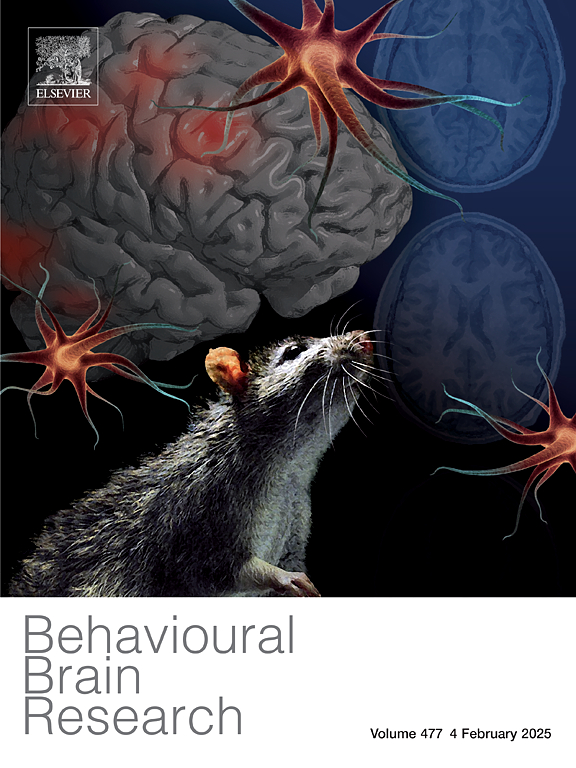Neural evidence for attentional resource allocation to postural control using brain-body imaging
IF 2.6
3区 心理学
Q2 BEHAVIORAL SCIENCES
引用次数: 0
Abstract
Objective
To examine whether bipedal stance (quiet standing) requires more attentional resources than sitting during a concurrent cognitive task.
Methods
126 adults completed an auditory oddball task in both standing and sitting positions. Neural activity was recorded using electroencephalography (EEG) in a mobile brain-body imaging setup. Univariate analysis compared P3 event-related potentials (ERP) across conditions during frequent, rare, and novelty stimuli. Multivariate pattern analysis (MVPA) with a support vector machine (SVM) was used to decode ERP signals between standing and sitting conditions.
Results
The P3b component, associated with conscious stimulus evaluation, showed lower amplitude in the standing condition at the parietal channel (Pz). No significant differences were found in the P3a component at the frontal channel (Fz). MVPA effectively distinguished ERP signals between standing and sitting conditions from 100 ms to 800 ms post-stimulus.
Conclusions
Upright stance requires more attentional resources, diverting focus from concurrent cognitive tasks that require conscious decision making. Machine learning models reveal that quiet standing also influences sensory and motor-related neural activity, indicating that postural demands not only impact neural activity related to cognitive performance, but also motor and sensory processing.
体位控制中注意资源分配的神经证据。
目的:研究两足站立(安静站立)在并发认知任务中是否比坐着需要更多的注意力资源。方法:126名成年人分别以站立和坐姿完成一项听觉古怪任务。在移动脑体成像装置中使用脑电图(EEG)记录神经活动。单变量分析比较了频繁刺激、罕见刺激和新奇刺激下P3事件相关电位(ERP)的变化。采用多变量模式分析(MVPA)和支持向量机(SVM)对站立和坐姿之间的ERP信号进行解码。结果:与有意识刺激评价相关的P3b成分在站立状态下在顶叶通道(Pz)表现出较低的振幅。额叶通道(Fz)的P3a成分无显著差异。MVPA能有效区分刺激后100 ~ 800 ms站立和坐姿的ERP信号。结论:直立姿势需要更多的注意力资源,将注意力从需要有意识决策的并发认知任务中转移出来。机器学习模型显示,安静站立也会影响感觉和运动相关的神经活动,这表明姿势要求不仅会影响与认知表现相关的神经活动,还会影响运动和感觉处理。
本文章由计算机程序翻译,如有差异,请以英文原文为准。
求助全文
约1分钟内获得全文
求助全文
来源期刊

Behavioural Brain Research
医学-行为科学
CiteScore
5.60
自引率
0.00%
发文量
383
审稿时长
61 days
期刊介绍:
Behavioural Brain Research is an international, interdisciplinary journal dedicated to the publication of articles in the field of behavioural neuroscience, broadly defined. Contributions from the entire range of disciplines that comprise the neurosciences, behavioural sciences or cognitive sciences are appropriate, as long as the goal is to delineate the neural mechanisms underlying behaviour. Thus, studies may range from neurophysiological, neuroanatomical, neurochemical or neuropharmacological analysis of brain-behaviour relations, including the use of molecular genetic or behavioural genetic approaches, to studies that involve the use of brain imaging techniques, to neuroethological studies. Reports of original research, of major methodological advances, or of novel conceptual approaches are all encouraged. The journal will also consider critical reviews on selected topics.
 求助内容:
求助内容: 应助结果提醒方式:
应助结果提醒方式:


